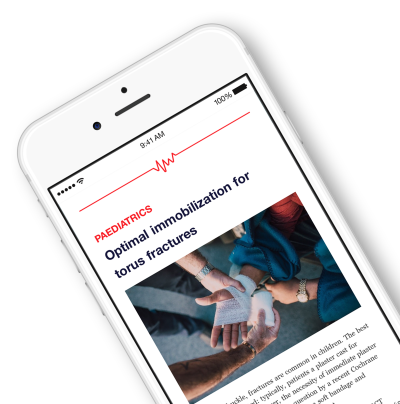
Bone Marrow Buffy Coat vs B-tricalcium Phosphate Granules for Avascular Necrosis of the Femoral Head .
Combining autologous bone marrow buffy coat and angioconductive bioceramic rod grafting with advanced core decompression improves short-term outcomes in early avascular necrosis of the femoral head: a prospective, randomized, comparative study
Stem Cell Res Ther. 2021 Jun 19;12(1): 354.Forty-four patients (57 hips) with avascular necrosis of the femoral head were randomized to receive hip preservation surgery with advanced core decompression and angioconductive bioceramic rod grafting plus either bone marrow aspirated buffy coat (n=18; 24 hips) or beta-tricalcium phosphate granules (n=26; 33 hips). The primary outcome of interest was Harris Hip Scores (HHS) after surgery. The secondary outcome of interest was the rate of clinical failures of the operated hips. Results revealed significantly favourable HHS scores in the buffy coat grafting group compared to the control group (p=0.041). No significant difference was observed in the rate of clinical failure between the two groups (p>0.05).
Unlock the Full ACE Report
You have access to 4 more FREE articles this month.
Click below to unlock and view this ACE Reports
Unlock Now
Critical appraisals of the latest, high-impact randomized controlled trials and systematic reviews in orthopaedics
Access to OrthoEvidence podcast content, including collaborations with the Journal of Bone and Joint Surgery, interviews with internationally recognized surgeons, and roundtable discussions on orthopaedic news and topics
Subscription to The Pulse, a twice-weekly evidence-based newsletter designed to help you make better clinical decisions
Exclusive access to original content articles, including in-house systematic reviews, and articles on health research methods and hot orthopaedic topics































































